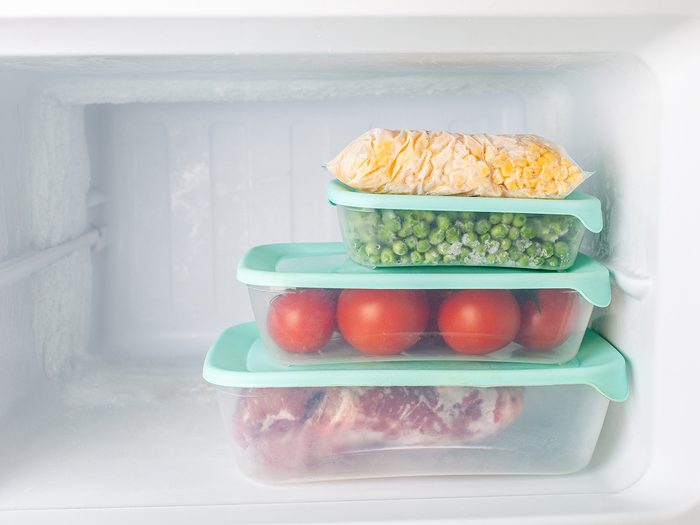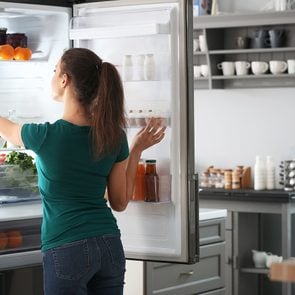If There’s a Light in Your Fridge, Why Isn’t There One in Your Freezer?

It's time to finally shed some light on why our freezers are so dark.
If you’ve ever stumbled into the kitchen during the wee hours of the night to satisfy that Ben & Jerry’s craving only to realize you can’t see a single thing in your freezer, you know how much of a dilemma this can be. So why is there a light in our refrigerators but not in our freezers? We finally have an answer.
As it turns out, the reason behind this dark mystery (literally) actually makes sense. Robert H. Frank, a professor of economics at Cornell University, says it all boils down to what’s called the cost-benefit principle. The cost to install an automatic light in a freezer is the same as the cost to put one in a fridge, and that amount doesn’t change, regardless of how many times you open the door and turn on the light. The benefit of the light is that your food is easier to find. However, since people tend to open their refrigerators more than their freezers, the cost of adding a freezer light outweighs the benefits. For manufacturers, the money they save justifies their decision to forego that second light.
Unfortunately, it doesn’t look like most freezer manufacturers will be installing lights anytime soon—but that doesn’t mean these magical contraptions don’t exist.
“In general, the benefit of such features, as measured by what people are willing to pay for them, tends to increase as income increases,” Frank writes. “The cost-benefit principle thus predicts that consumers with high incomes might think a light in the freezer is well worth the extra cost.”
Next, find out how to prevent freezer frost.






